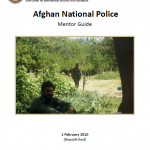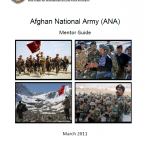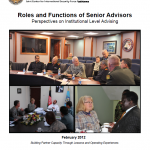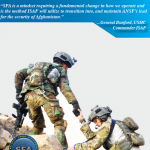
In order to develop the ANP, the Combined Security Transition Command-Afghanistan (CSTC-A) uses Police Mentor Teams to help develop them. A shortage of PMTs across the country, however, has led to the formation of in-lieu of advisor teams comprised of Soldiers from land owning units or attached Military Police units. The purpose of this document is to help provide those additional advisory teams with information they need to develop the skills required to effectively augment the CSTC-A program. This handbook will provide an overview of the entire police program including current goals, relationships to other organizations, the Focused District Development Program, key challenges that may be encountered and the duties of key members of the police advising teams including how to work with the team’s enablers.



